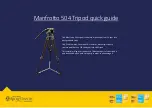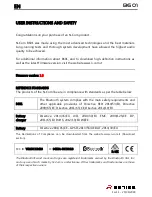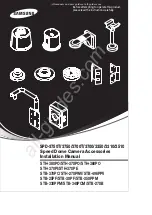
6 Testing & Final Assembly
36
6.1
Leak Testing
With the vehicle parked and the engine off, turn the compressor on
and wait until the air system is fully charged.
NOTE : With the Air Locker(s) disengaged, the air source (i.e.,
compressor) should not have to recharge over time.
Intermittent recharging without Air Locker use usually
indicates a leak at the solenoid fittings or at the
compressor tank O-ring seal.
Actuate the
Air Locker
(s).
The compressor should not come on again for a period of at least
15min. Air system recharging within that time period would indicate
that a leak is present in the system.
NOTE : If an alternate air source (e.g., an air cylinder or a belt
driven air pump) is used instead of a compressor, the
air system will have to be leak tested with a pressure
gauge and a shut-off valve in series before the
solenoid input.
If a leak is found to be present, spray a soap and water mixture
onto all air fittings in the system while the compressor is fully
charged. Bubbles should appear at any leak points.
Check that leaky fittings have been adequately tightened.
Disassemble, clean threads, and reapply thread sealant if leaking
persists.
6.2
Reinstalling the Axles
Insert both axles fully into the housing and gently tap them inward.
NOTE : Be careful not to damage the axle oil seals with the
spline of the axle.
Reconnect the drive shaft to the differential drive flange.
Reassemble the remainder of the differential assembly
(e.g., hubs, brakes, wheels, etc.) to the vehicle according to your
vehicle’s service manual.





































